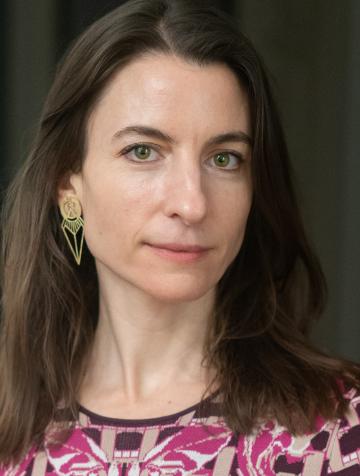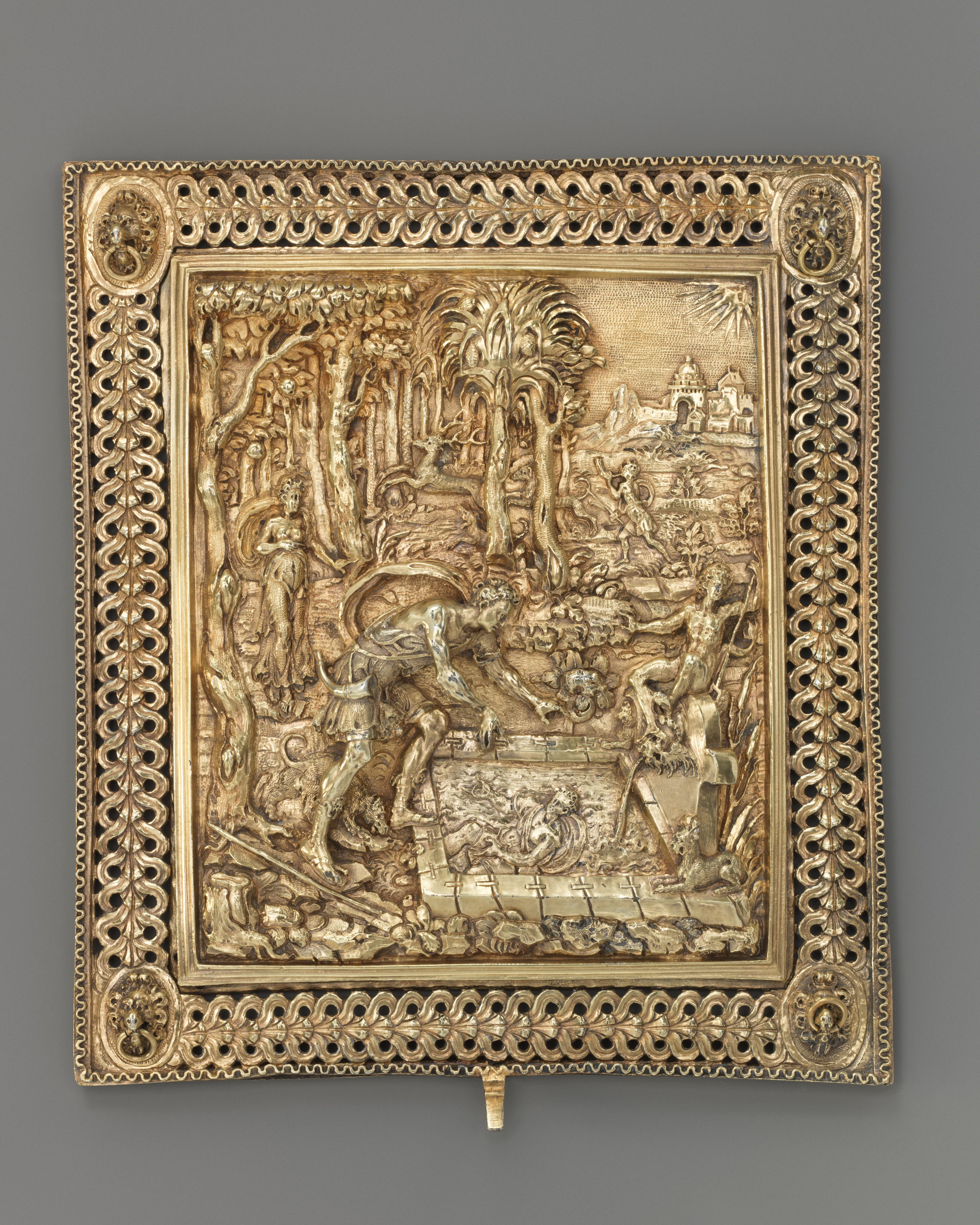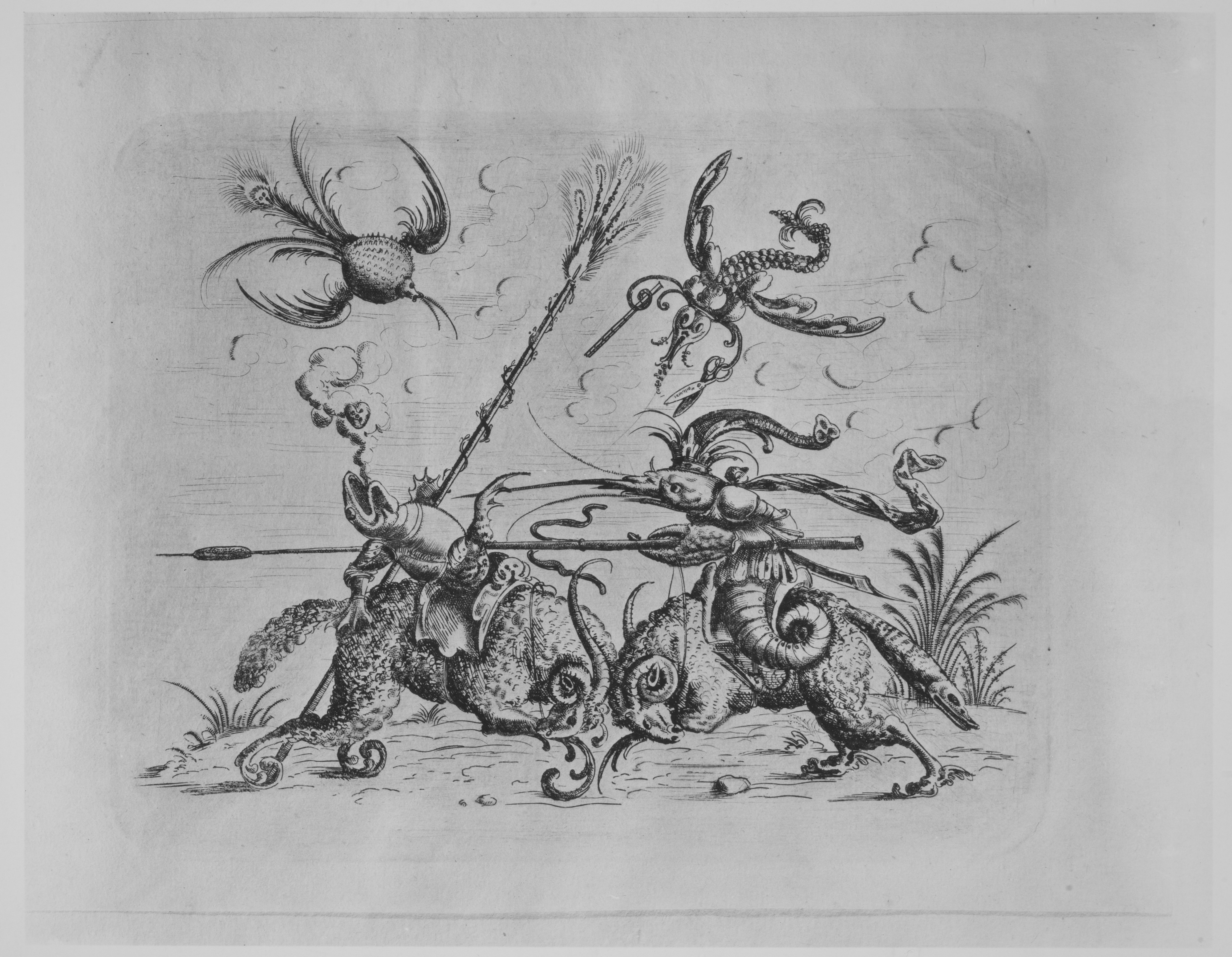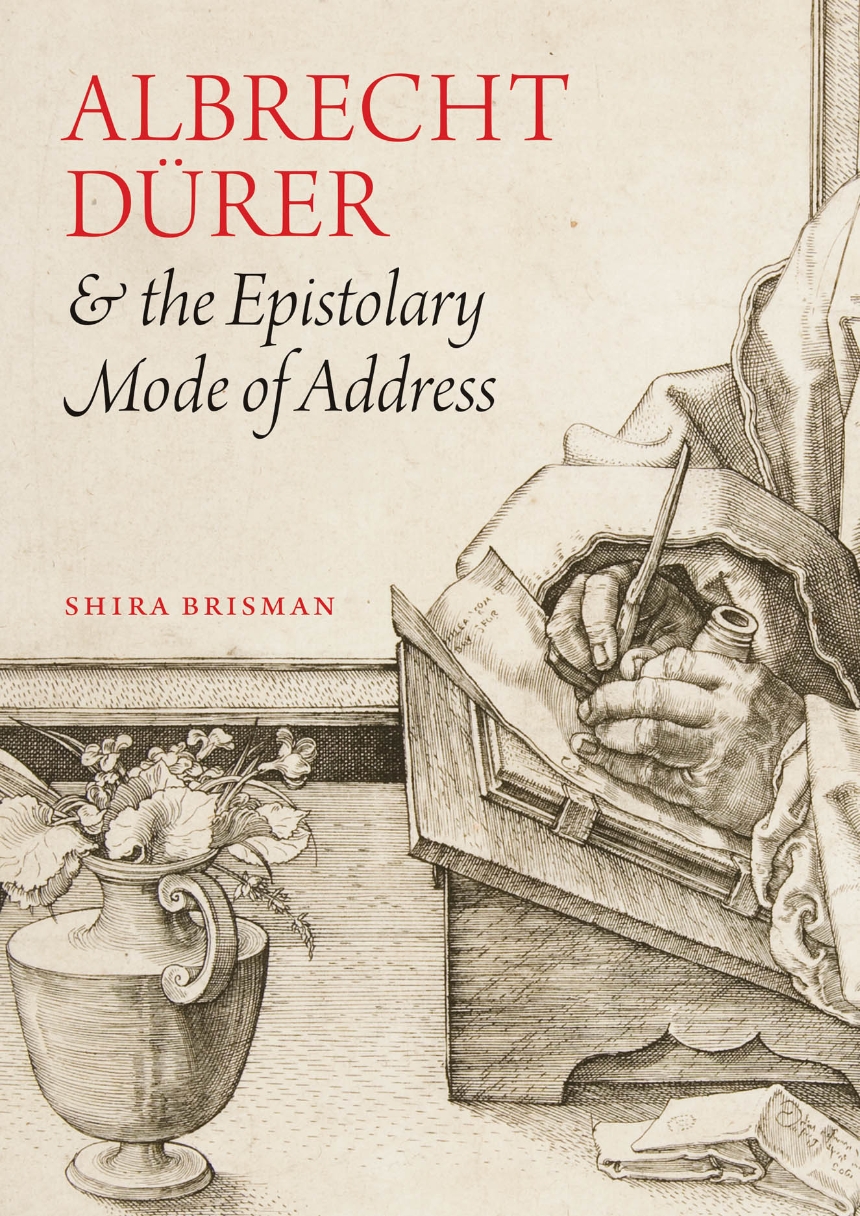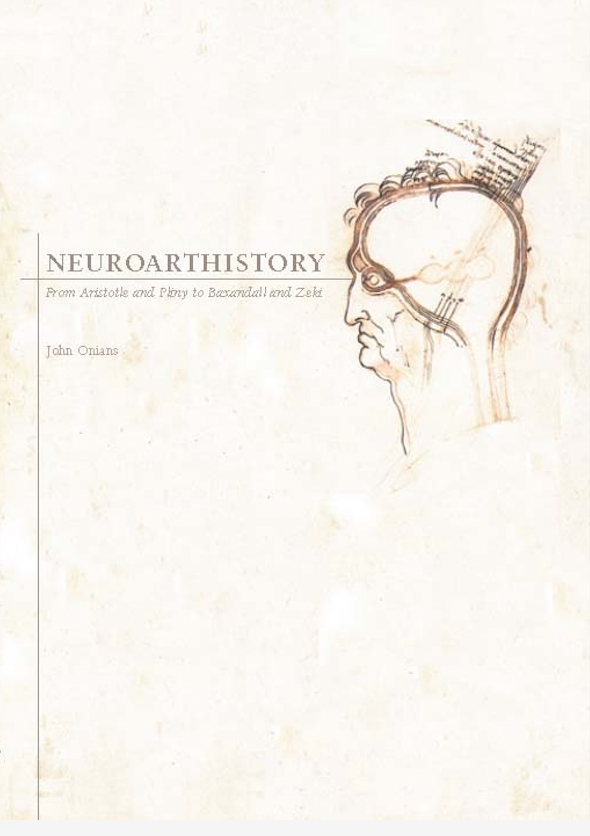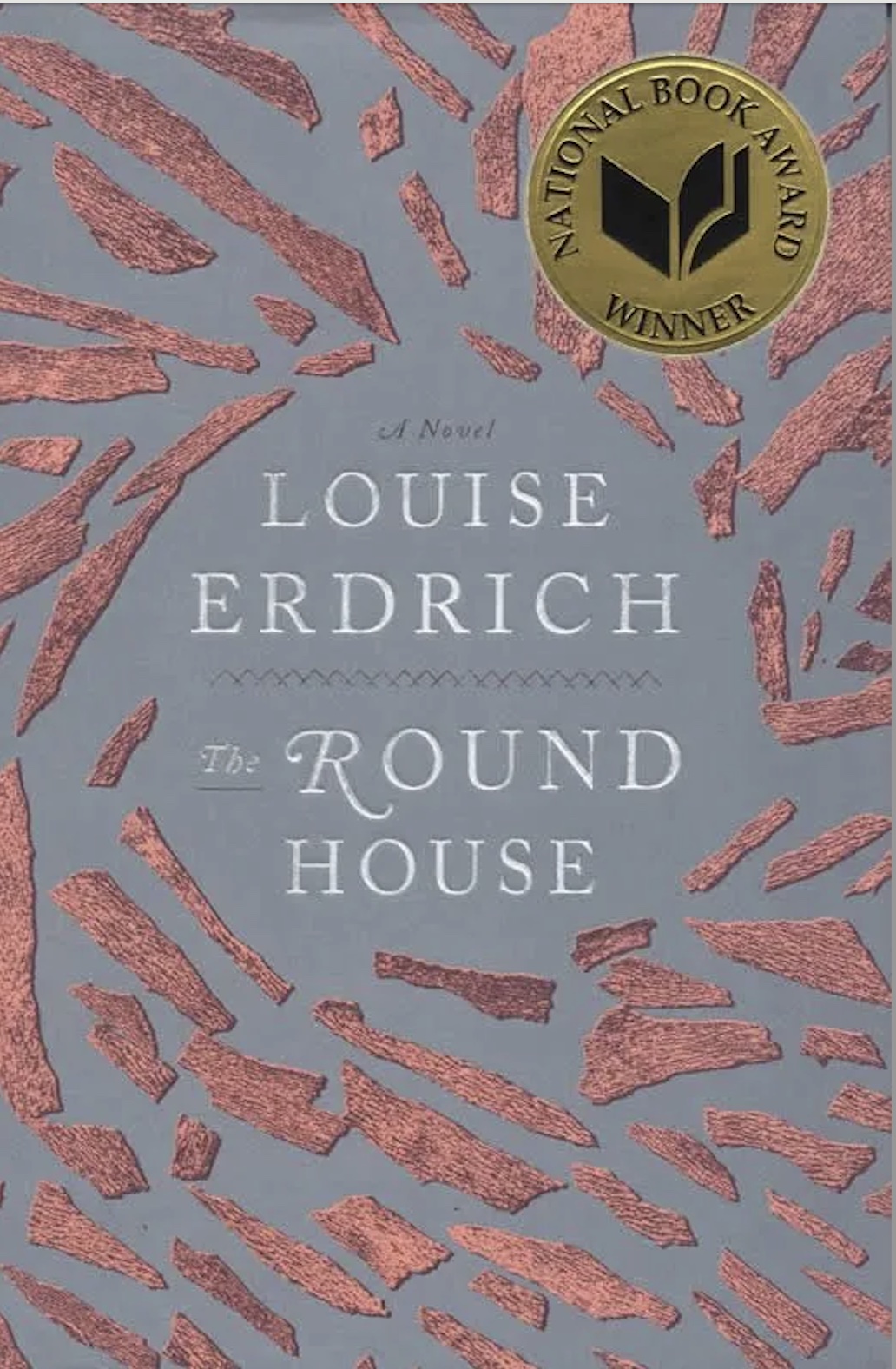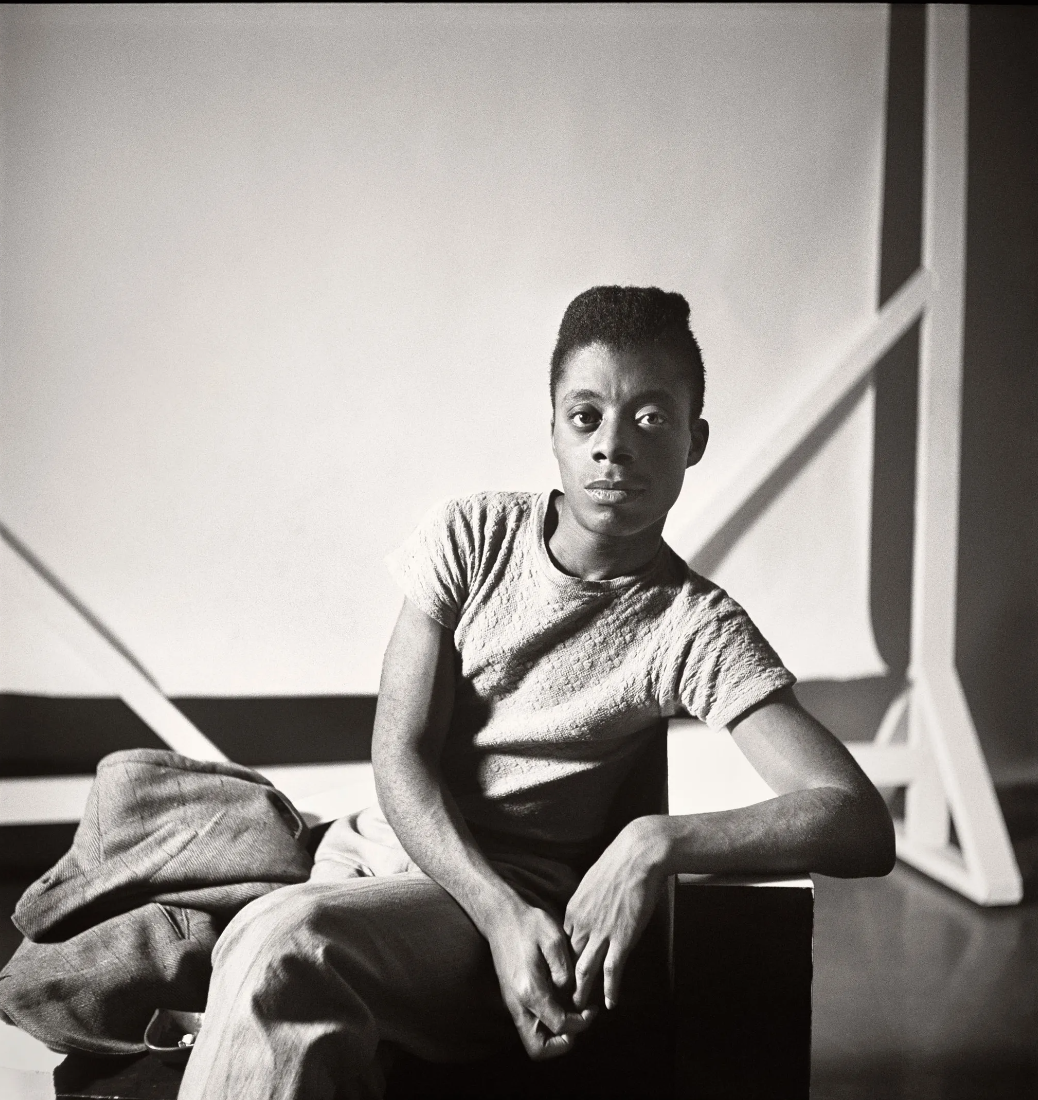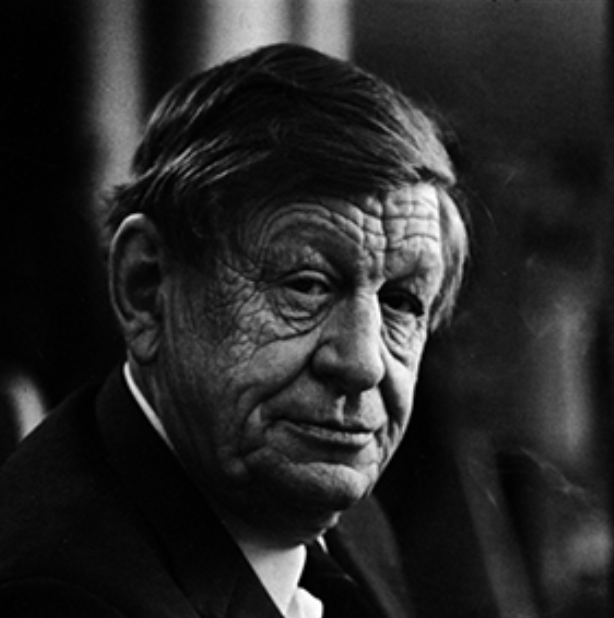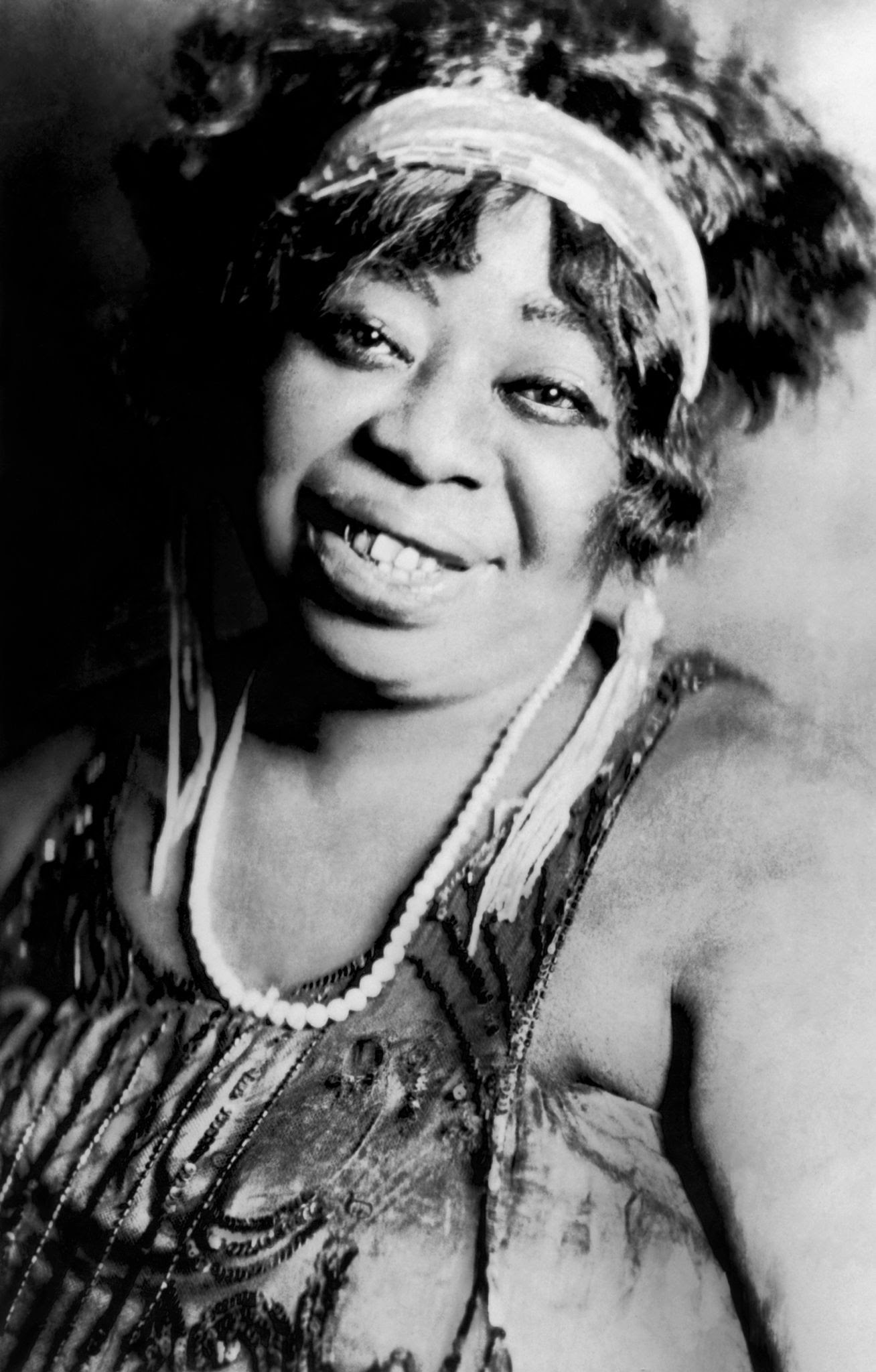“To Give Shape to a Way of Seeing the Past”: Shira Brisman on the Intimacy of Writing the History of Social Art
“I was interested in what happens socially when a culture that lives with art, to which some people have access and others do not, a culture in which some people are addressed by the art and others are not––what is the impact of the social formation? [...] How does art draw people together? How does it shape communities? This question could inform the kind of art history that I wanted to write. I thought of it not as a history of art so much as a history of social art.”
In this episode
In this episode, Sara Houghteling speaks with Shira Brisman, a historian of early modern art and assistant professor of the history of art at the University of Pennsylvania. Through the lens of her two books, the first on Albrecht Dürer, and the second, forthcoming, on the goldsmith Christoph Jamnitzer (1563–1618), Brisman explores how art can shape communities, and can either draw people together or divide them. She discusses the idea of a “craft” of writing, the impact of poetry on her own prose, and how an “offstage bibliography” can provide a generative set of thematic, linguistic, and structural alternatives that amplify one’s understanding of their own scholarly writing projects.
TRANSCRIPT
Shira Brisman’s current research investigates the boundaries between privacy and society, patterns and abberations, religious modes of thinking and categories of secularization. Her first book, Albrecht Dürer and the Epistolary Mode of Address (University of Chicago Press, 2016), argues that the experience of writing, sending and receiving letters shaped how Germany’s most famous printmaker conceived of the message-bearing properties of the work of art. Her forthcoming The Goldsmith’s Debt: Material and Intellectual Property at the Turn of the Seventeenth Century focuses on the career of the Nuremberg goldsmith-engraver Christoph Jamnitzer.
This conversation was recorded on August 7, 2023
